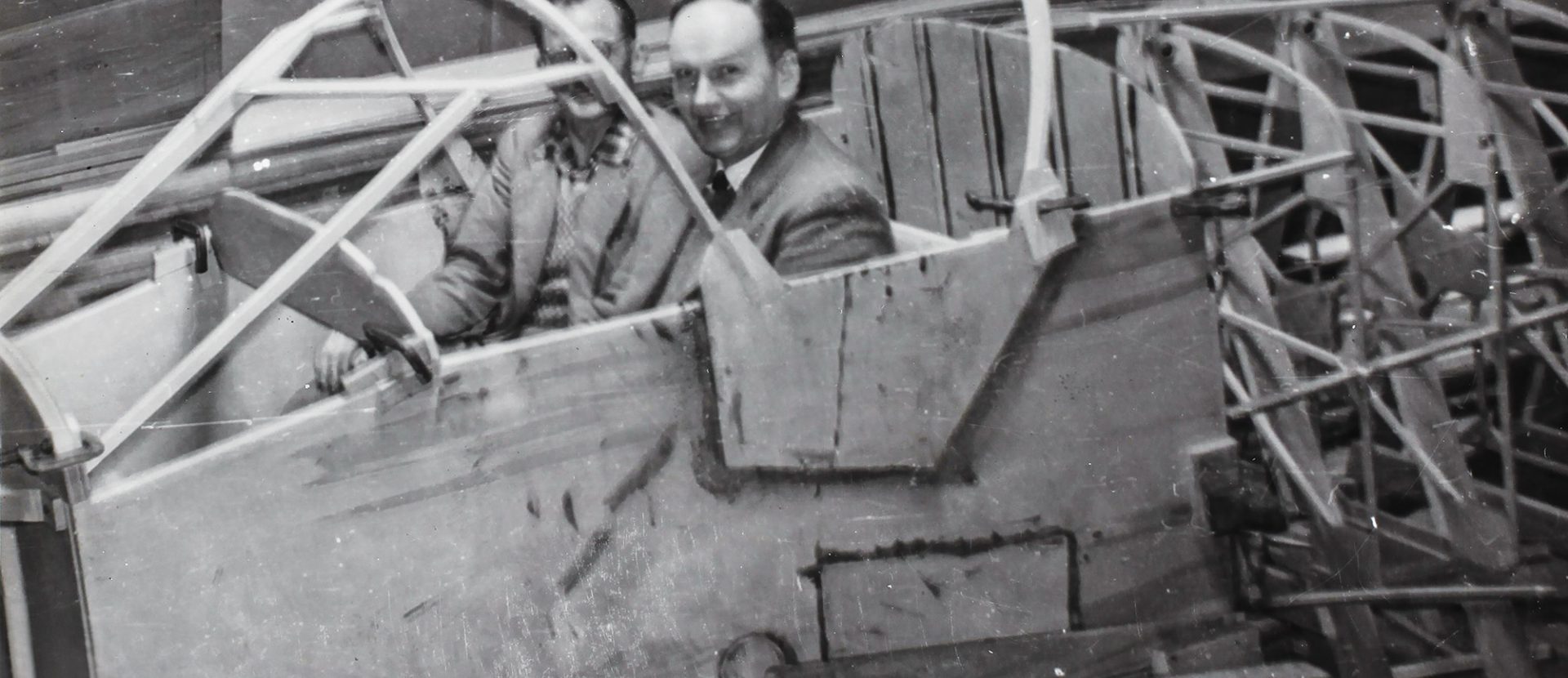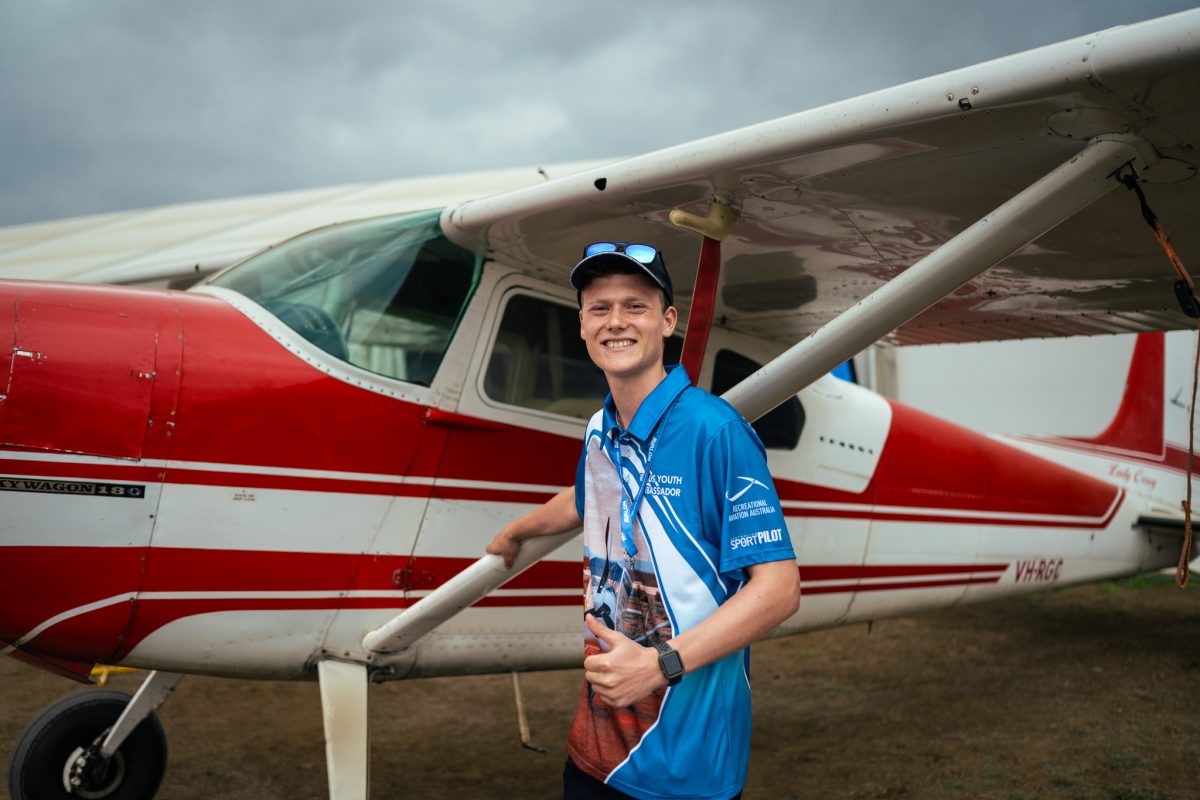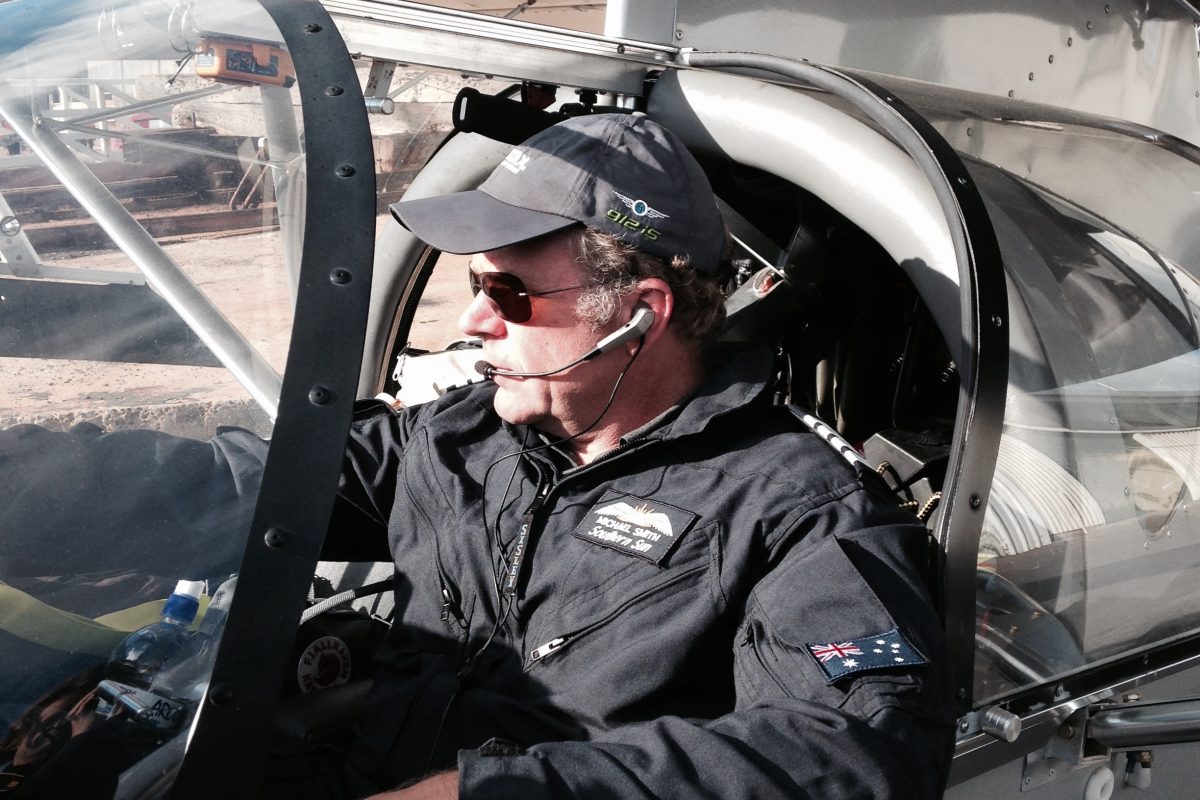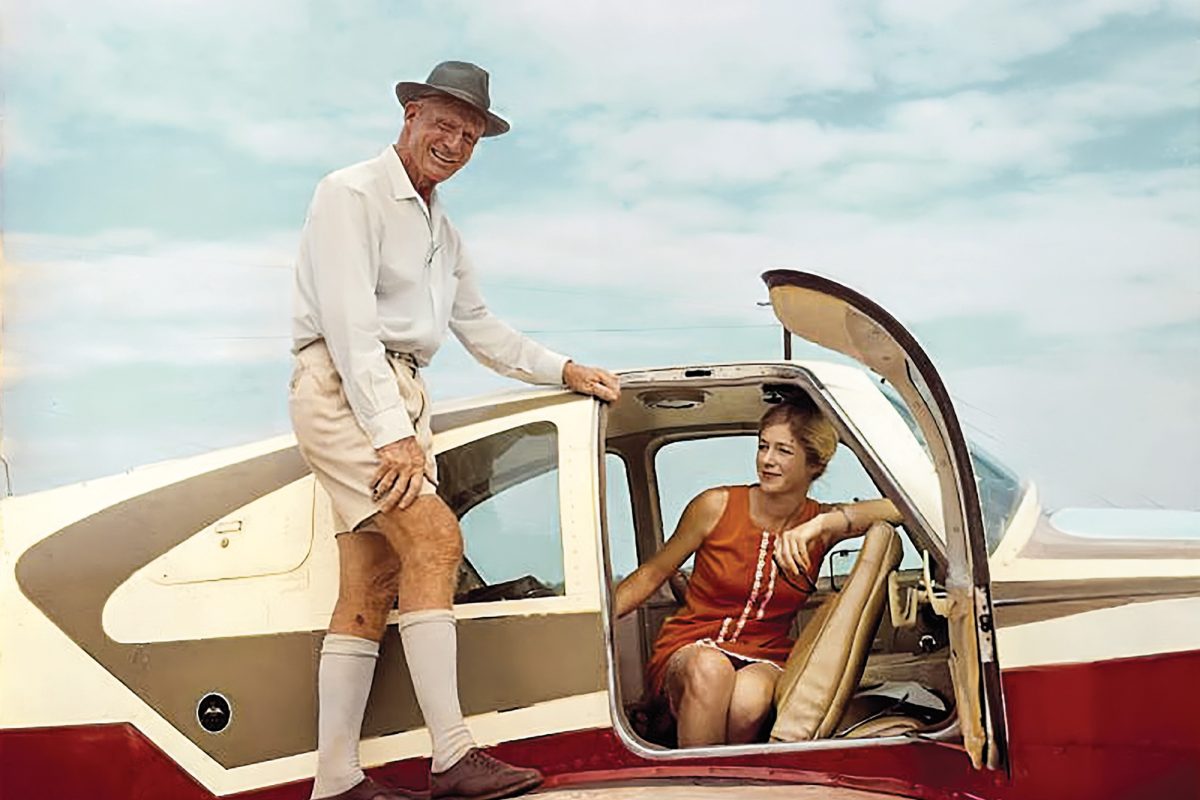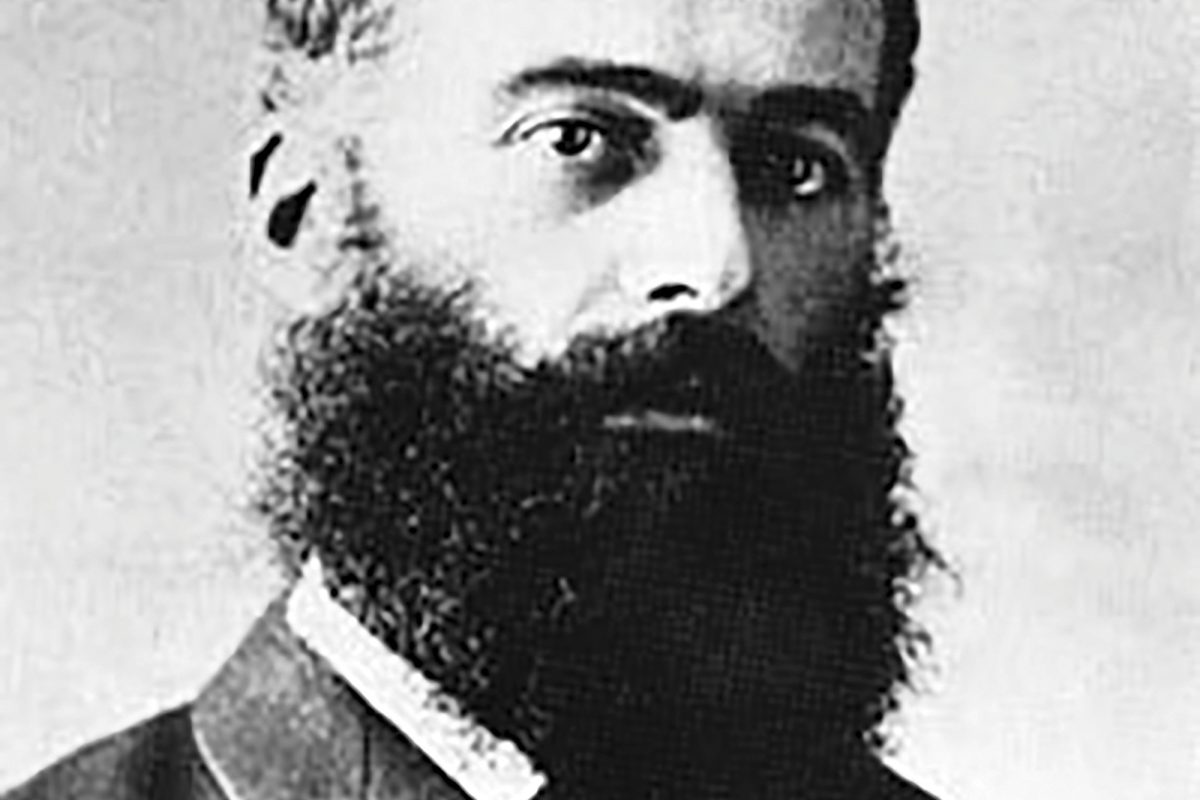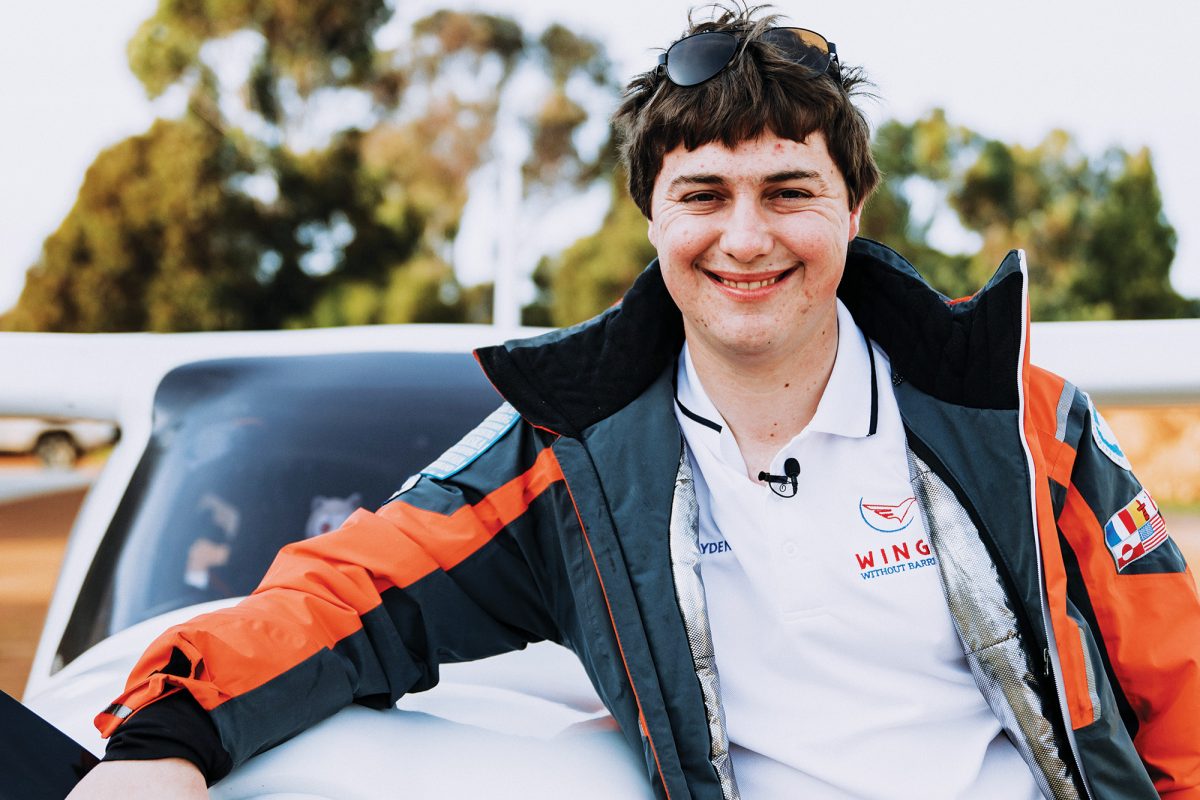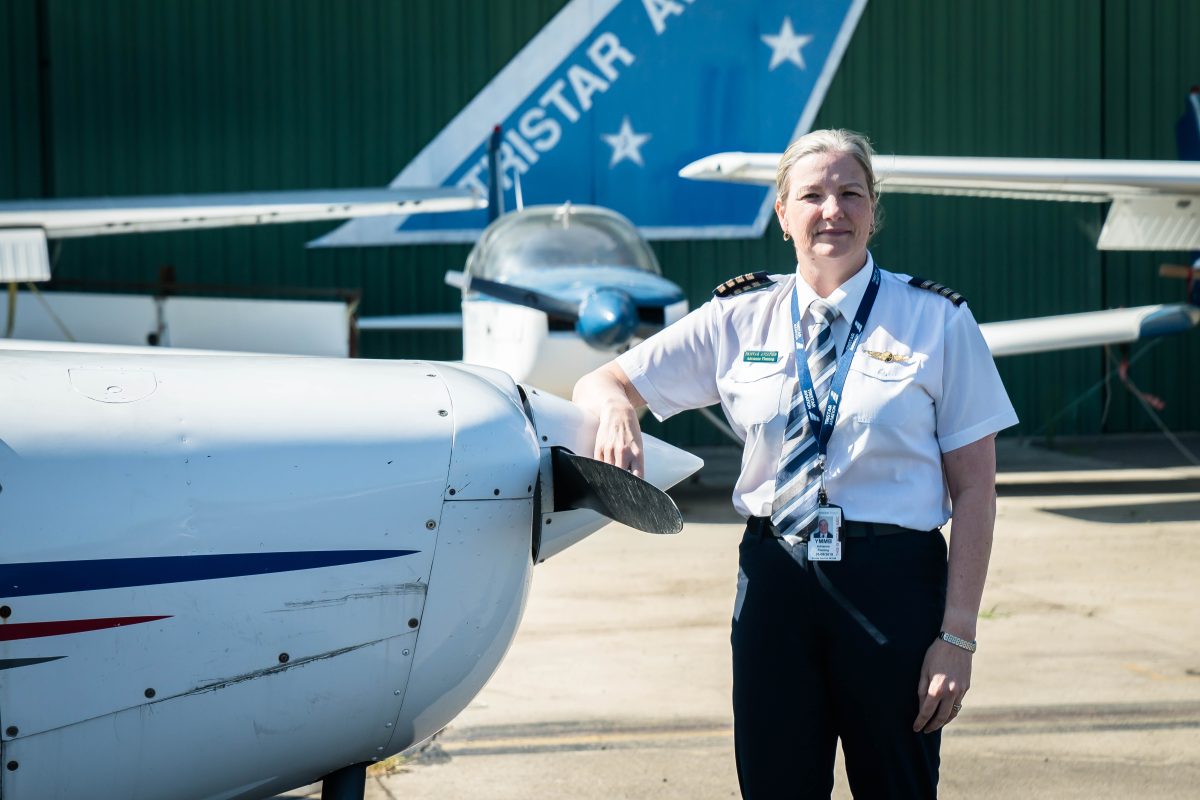A TALE OF THE LEGENDARY VICTA AIRTOURER DESIGNER
As a nation, Australia has produced a number of incredible aircraft. From iconic warbirds like the Wirraway and the Boomerang, to well-loved light aircraft designs from the likes of Jabiru and Brumby, it’s fair to say we punch above our weight. Too often though, we forget the men and women that bring these machines to life, their stories lost as we continue to fly their legacies. However, in the case of legendary Victa Airtourer designer, Henry Millicer, there lies a story far too interesting to be forgotten.
Henryk Kazimierz “Henry” Millicer was born in Warsaw, Poland in 1915 and quickly developed a keen interest in aviation. By age 9, Henry had entered and won an aero-modelling competition, which earned him a joy flight over Warsaw, cementing what would be a lifetime love of the sky. A dedicated and motivated soul, he built his first full-size glider at age 14 and qualified as a pilot three years later.
After graduating from secondary school, Henry went on to study aeronautical engineering at the Warsaw University of Technology. This allowed him to find work with the Polish National Aircraft Establishment from 1936 to 1937, where he contributed to the designs of the PZL.37 Łoš and the PZL.46 Sum bombers. In 1939, he left to join the DWL (Experimental Aeronautical Workshops) in Warsaw, and began work on the RWD-21 sport aircraft, the RWD-22 seaplane and the RWD-25 fighter, a design which never saw completion due to German invasion in September that year.
A member of the Polish Air Force Reserves, Henry flew recon missions over the invaders which earned him the Polish Air Force Cross. Of course, this invasion was not to be repelled, and by early October Poland had fallen. Henry was given the task of flying the presidential papers out of Poland to Romania.
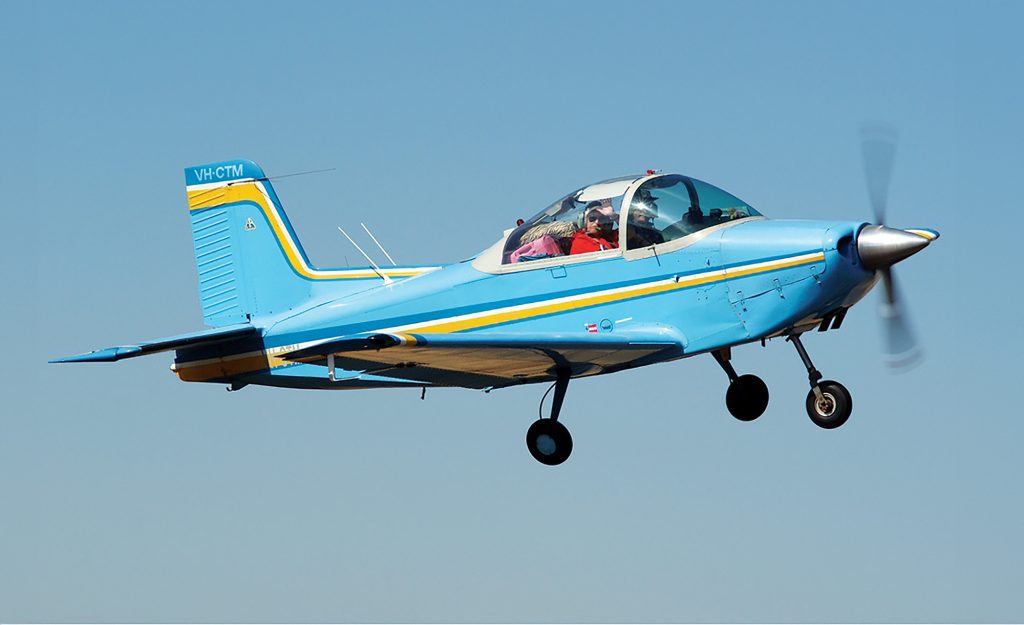
From here, Henry escaped to France and then England, but on hearing of the death of his mother and brother, returned to France to fight the advancing Germans. Luck was still not on his side though, and as France fell Henry escaped back across the channel on the last boat to England. A proud Pole with a fighting spirit, Henry joined a Polish bomber squadron of the Royal Air Force and flew seventeen missions before being injured in a training exercise.
Upon leaving the RAF in 1942, Henry was granted a scholarship at the Imperial College in London, where he achieved his Masters Degree in aeronautical engineering. With this new qualification under his belt, he joined Hunting Percival, founded by another famous Australian designer, Edgar Percival. Henry designed the Percival Provost in this time, a military trainer that saw a production run of 461 aircraft.
In 1950, Henry accepted the position of Chief Aerodynamicist at the Government Aircraft Factory (GAF) in Australia, and packed up his young family to emigrate to Melbourne. At GAF, he quickly made his mark, working on projects such as the Canberra bomber, Sabre jet and Jindivik pilotless target aircraft. As if working on these iconic machines wasn’t enough, Henry continued to design light aircraft in his spare time.
In 1952, with the help of colleagues GD Bennett and JM Tutty, Henry entered a design into a competition held by the Royal Aero Club in London. The challenge was to design a light aircraft, with the winner to be given funding to produce two prototypes. Henry’s design, which he dubbed the Airtourer, beat out 102 other contestants to take the top prize. The Royal Aero Club failed to honour the terms though, and funding was not received.
Never one to give up easily, and with a strong belief in his design, Henry sourced funding independently and built a wooden prototype (VH-FMM). Henry displayed his prototype (and the follow-up all-metal VH-MVA) in Melbourne and the Latrobe Valley, eventually catching the interest of Mervyn Richardson, chairman of Victa. Yes, that Victa.

Known all over Australia for their lawnmowers and garden products, Victa had their eye on the aviation industry, considering it a logical step to take given their expertise in light, two-stroke engines. Henry took a position as Chief Engineer and Technical Manager at Victa, refined his design, and in 1961 the Victa Airtourer went into production.
More than 200 Airtourers were produced in its 9-year production run, hindered somewhat by the closure of Victa’s aircraft division and the subsequent sale of the manufacturing rights to Aero Engine Services Ltd in New Zealand. Nevertheless, the Airtourer was considered a success and can be seen flying at airfields around Australia to this day.
With his design moving production overseas, Henry turned to teaching. He became the principal lecturer of Aeronautics at the Royal Melbourne Institute of Technology (RMIT), and aimed to establish his faculty as Australia’s premier school for Aeronautics.
Henry remained at RMIT until his retirement in 1980, after which he founded Millicer Aircraft Industries and bought the rights back for his Aircruiser, a 4-seat variant he had been working on at Victa. In 1984 he received an honorary doctorate of Aeronautical Engineering, and in 1992 Henry was made a Member of the Order of Australia for his services to aviation.
On 28 August 1996, Henry Millicer passed away, leaving behind his wife, three children and an extraordinary legacy of contributions to aviation. From escaping war-torn Poland to moving to the other end of the world, Henry maintained a level of passion and dedication most of us can only aspire to. His ashes were scattered from one of his beloved Airtourers over the coastline at Anglesea, Victoria, where he had come to live in his later years.
If you ever come across a Victa Airtourer in your travels around Australia’s airfields, be sure to stop for a moment and give a thought for the man that brought it to life.
